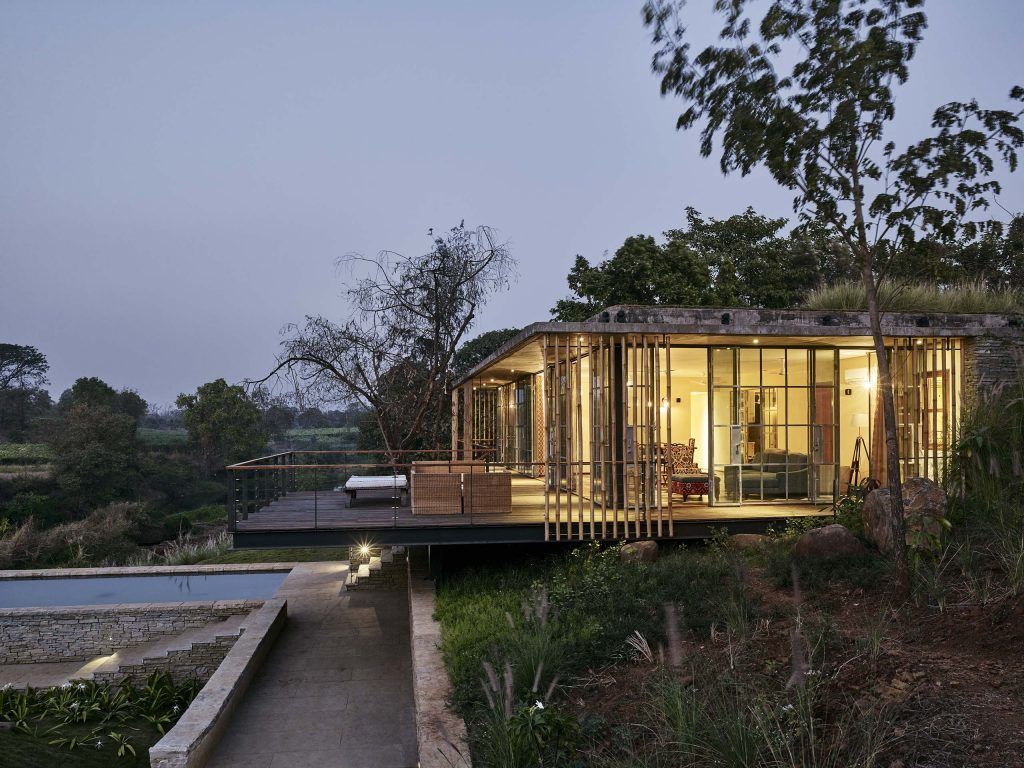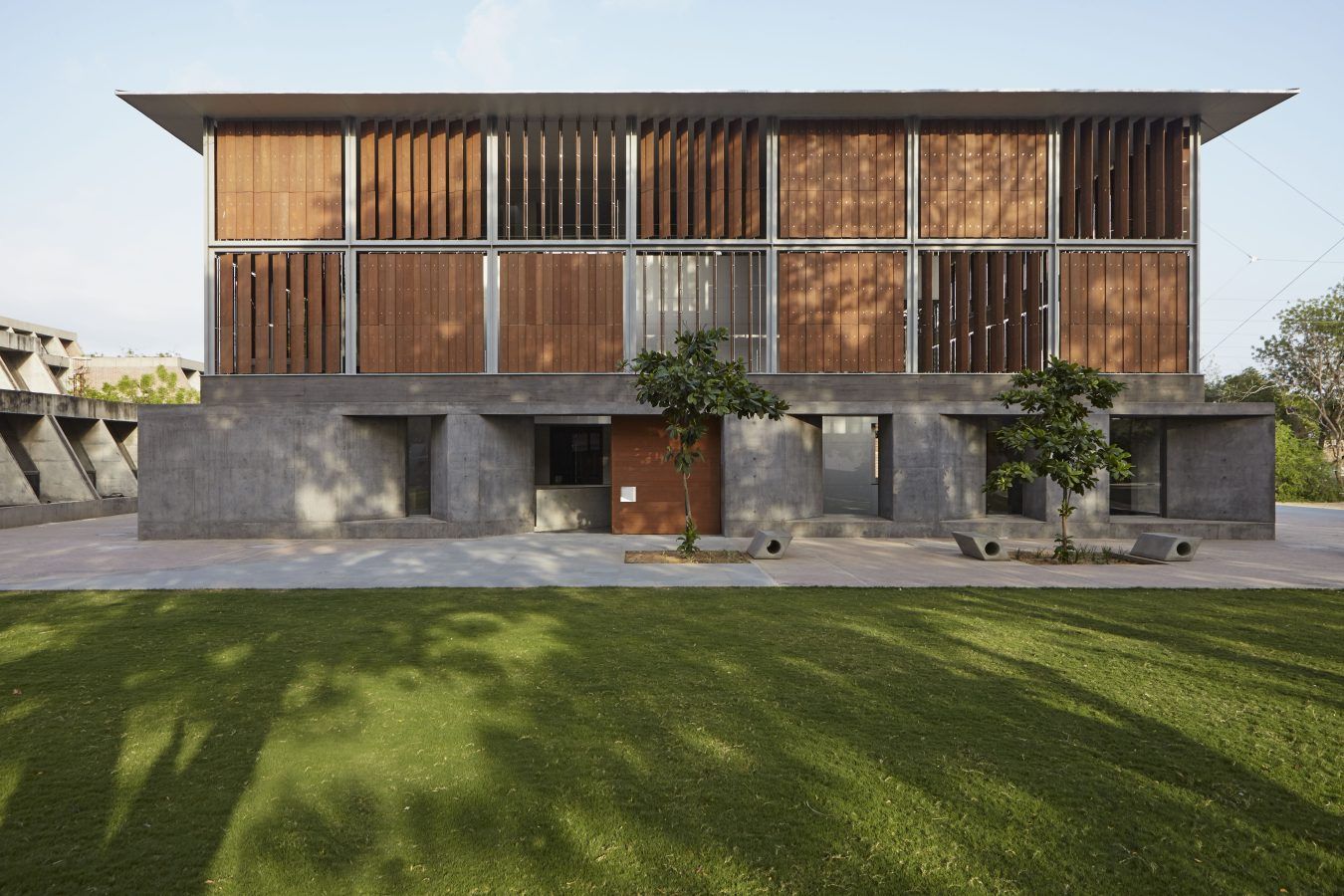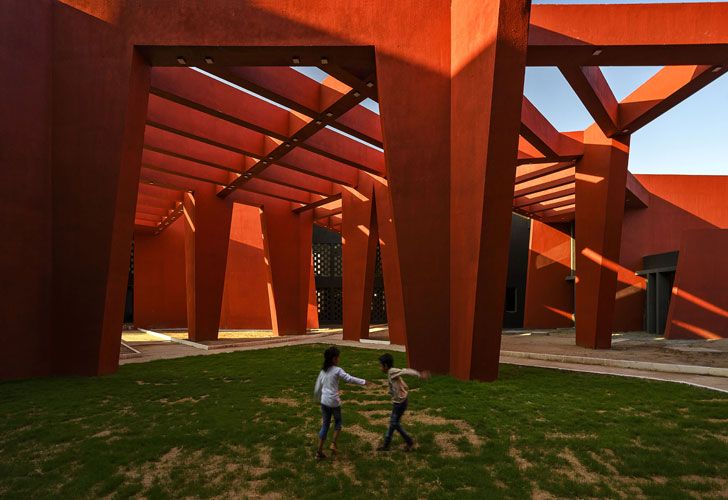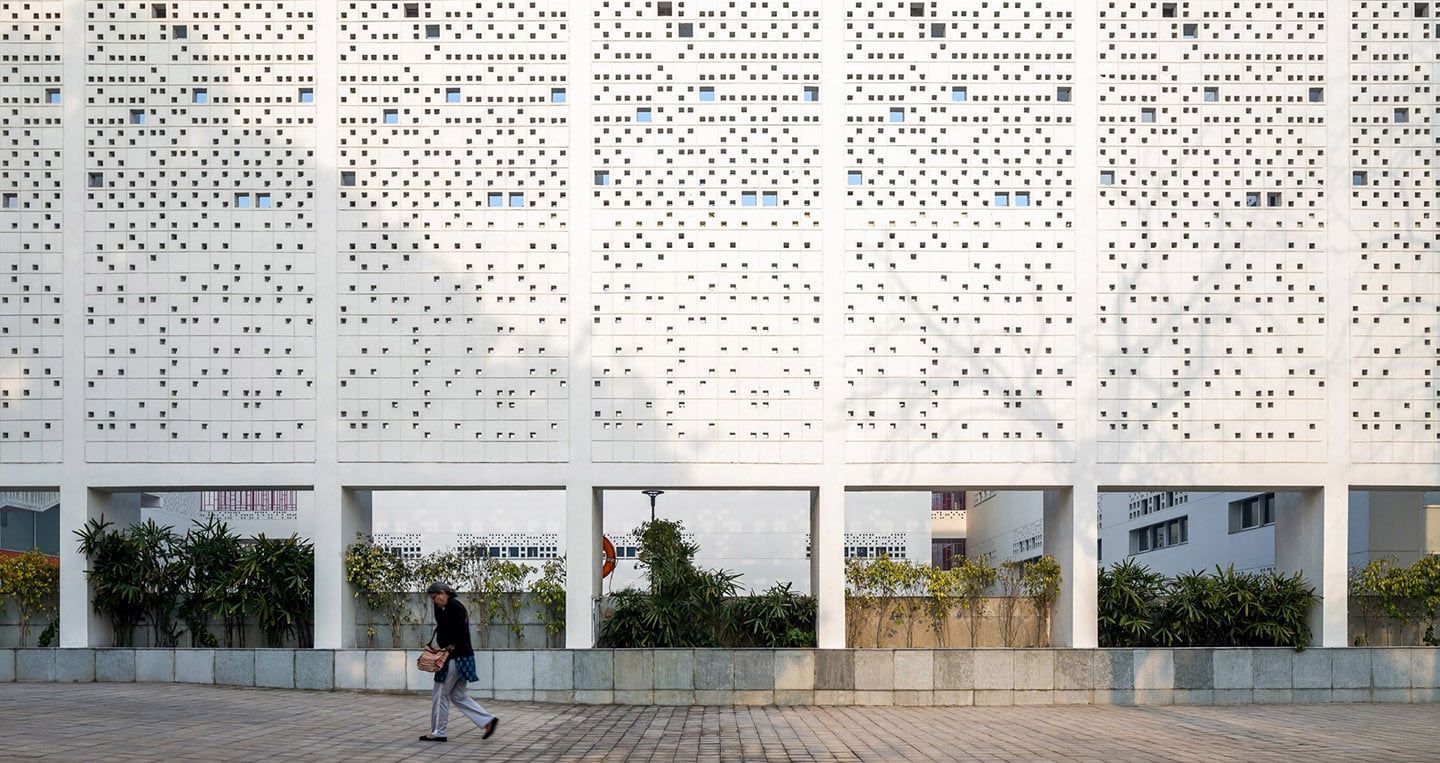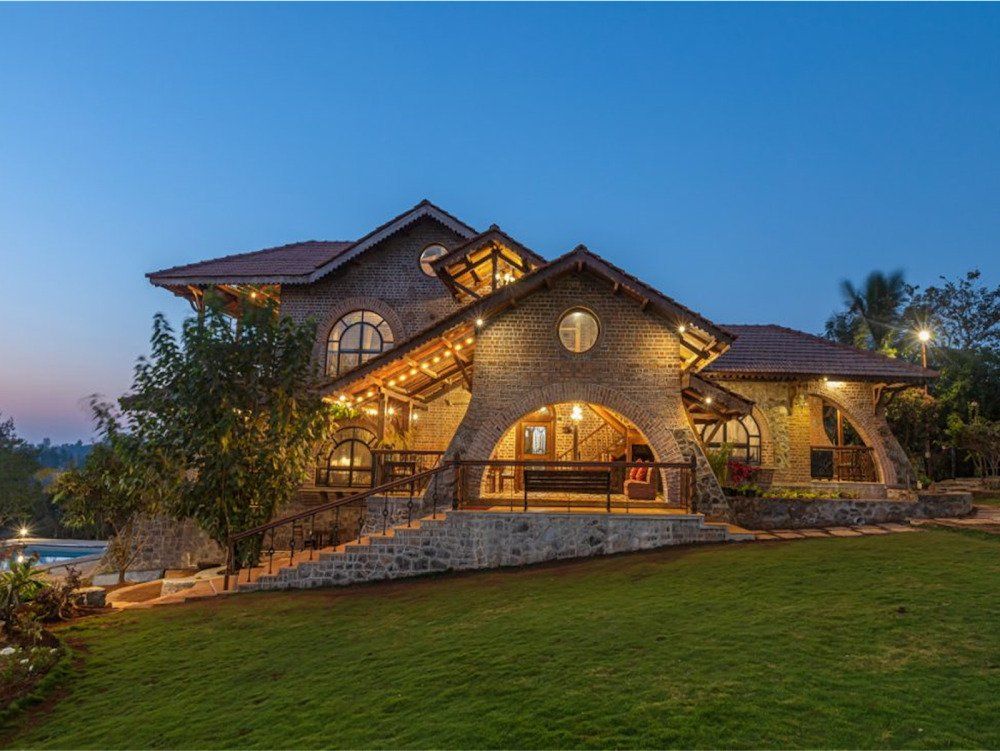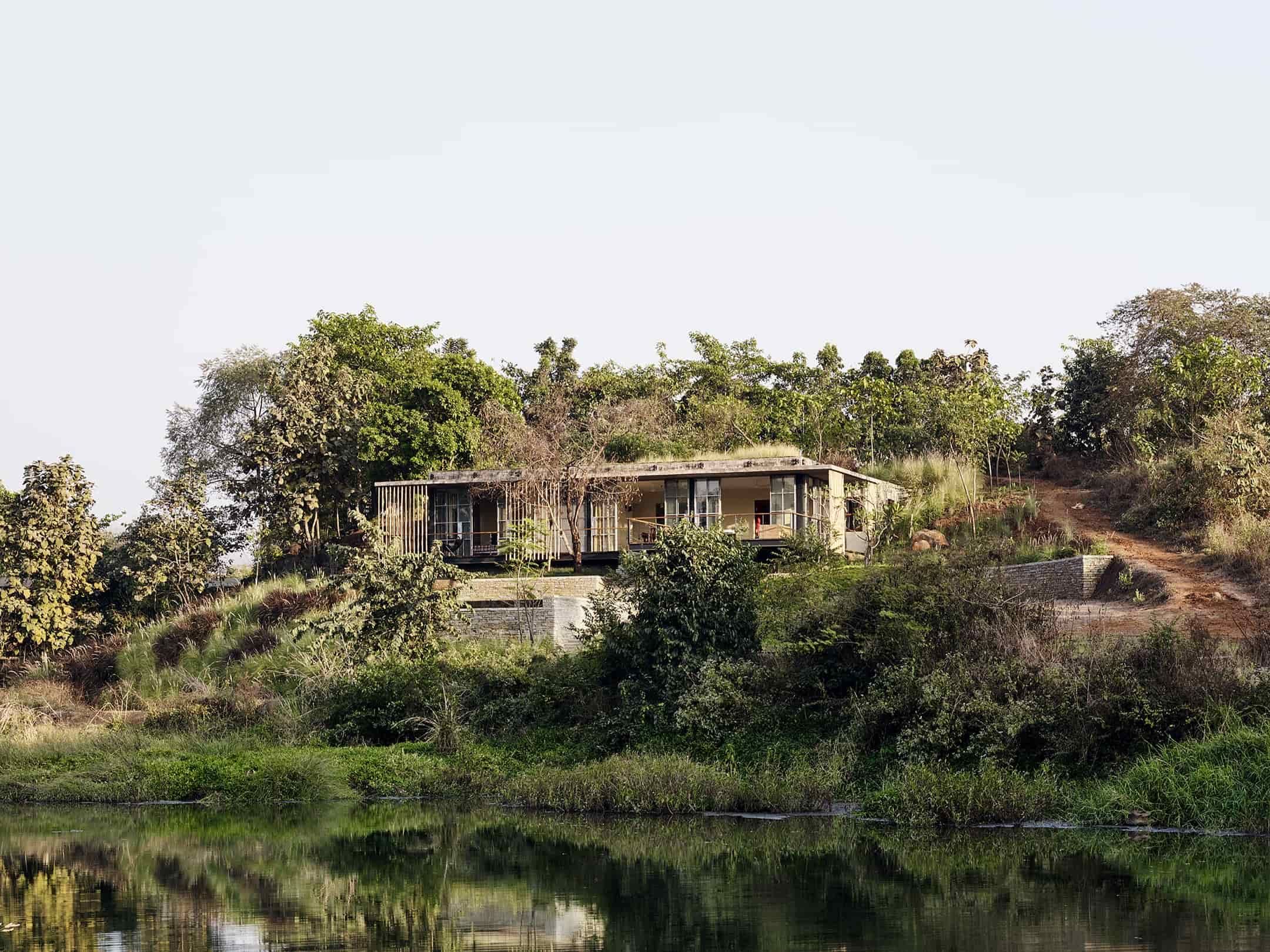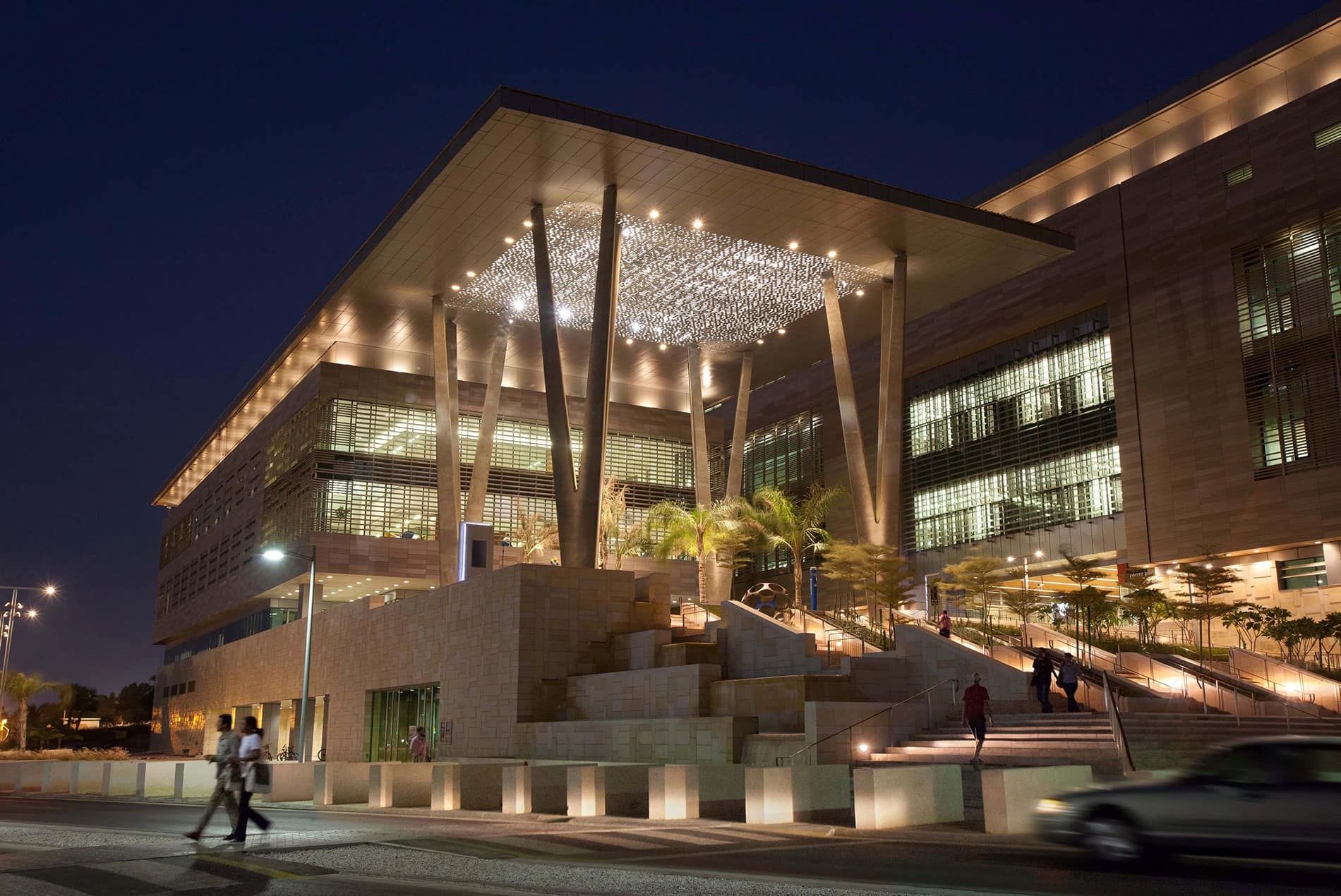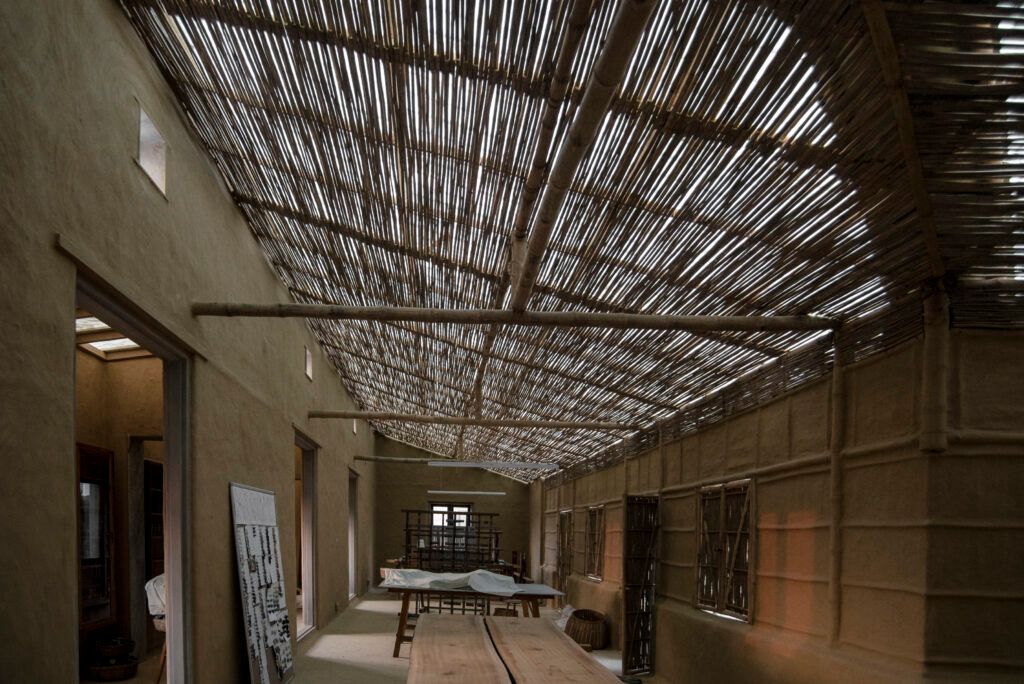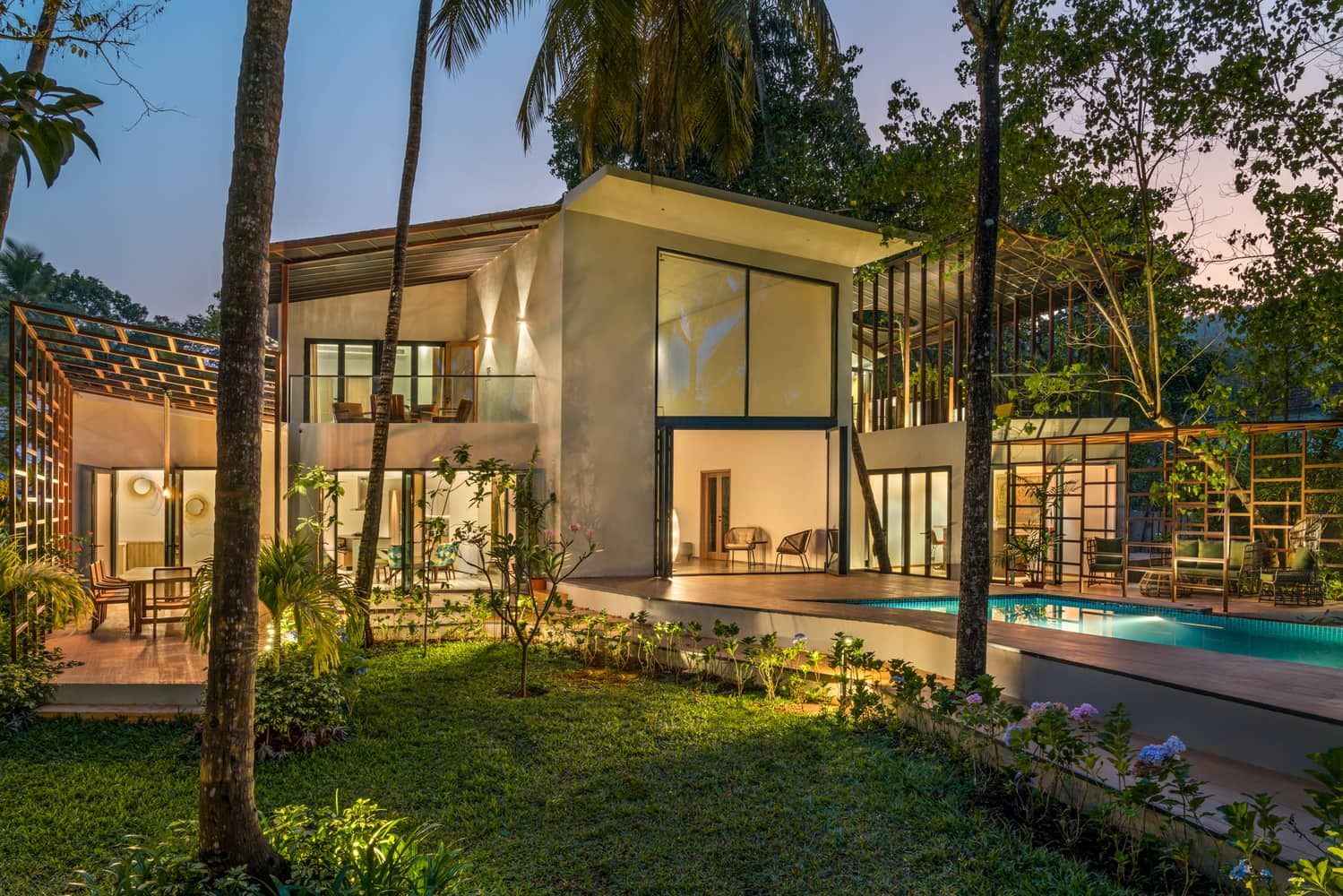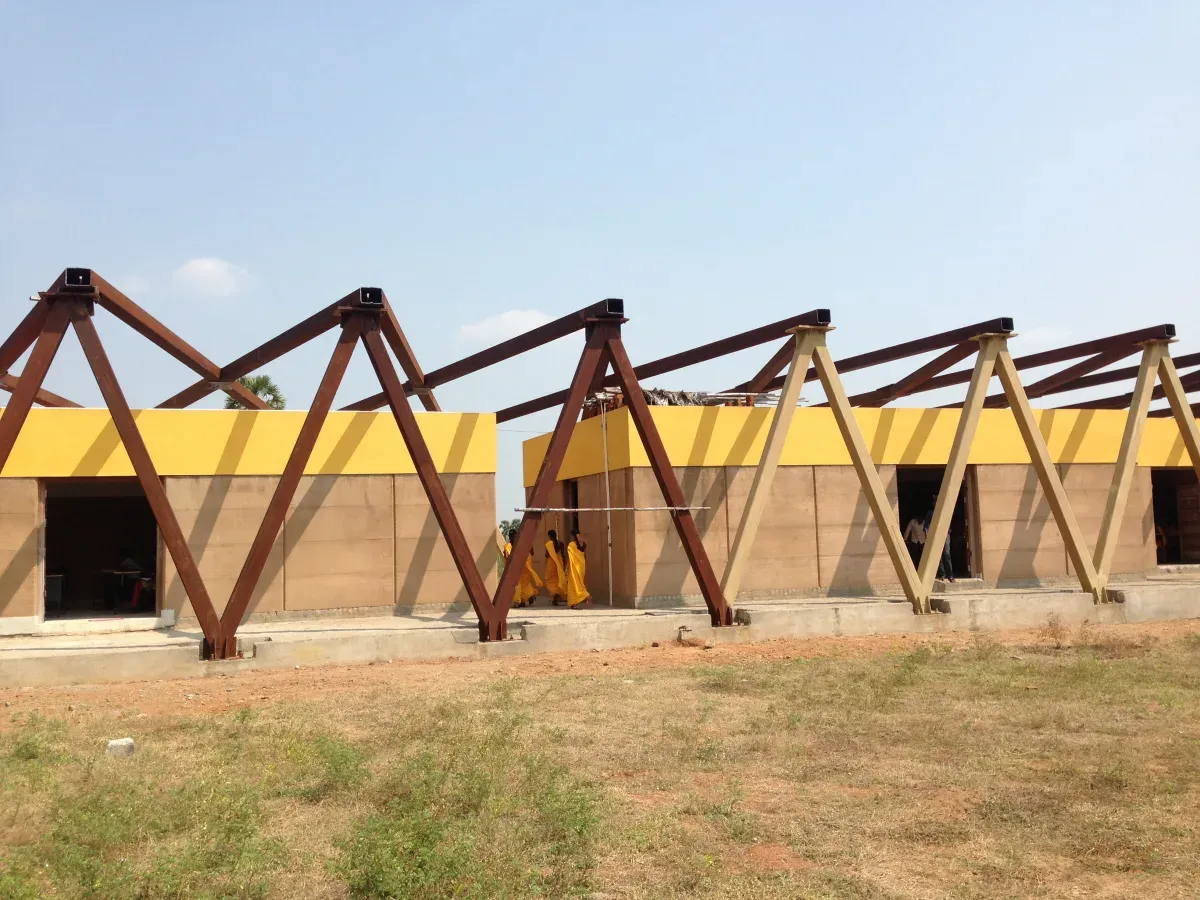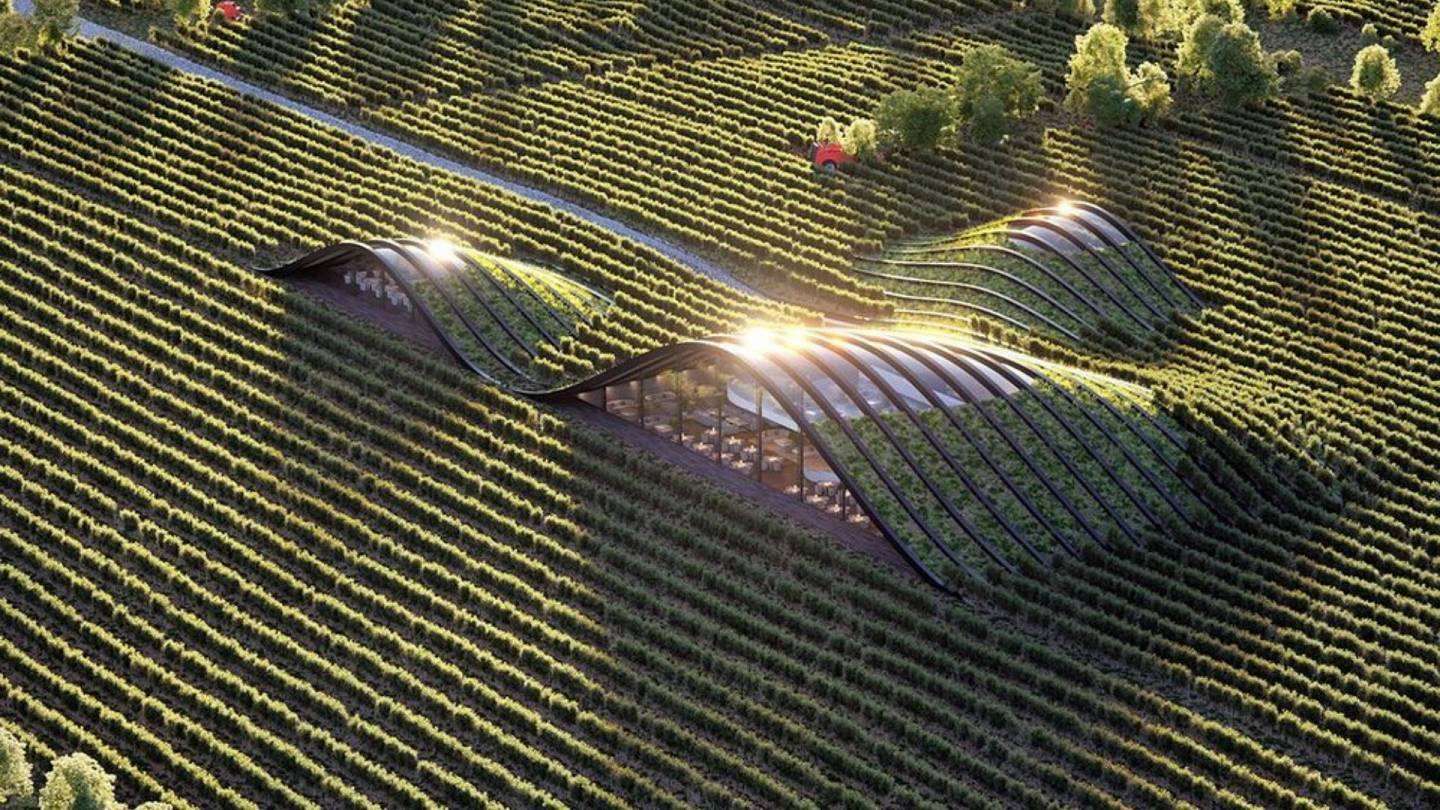Mumbai is a historical city that has now become India’s commercial centre and also one of the most populous cities in the country. These sustainable architecture firms in Mumbai have worked to retain the historical elements of the city while bringing in sustainable design for a greener city.
One way these sustainable architecture firms of Mumbai have honoured the locale is by learning and implementing traditional or vernacular construction methods. These local methods are then combined with modern technology to achieve sustainable building design. The firms’ projects are proof that it is not all about having green buildings; there are other innovative ways to construct sustainably.
Without further ado, let’s take a look at the 10 top sustainable architecture firms in Mumbai that are changing the cityscape, as well as the architecture throughout the country.
